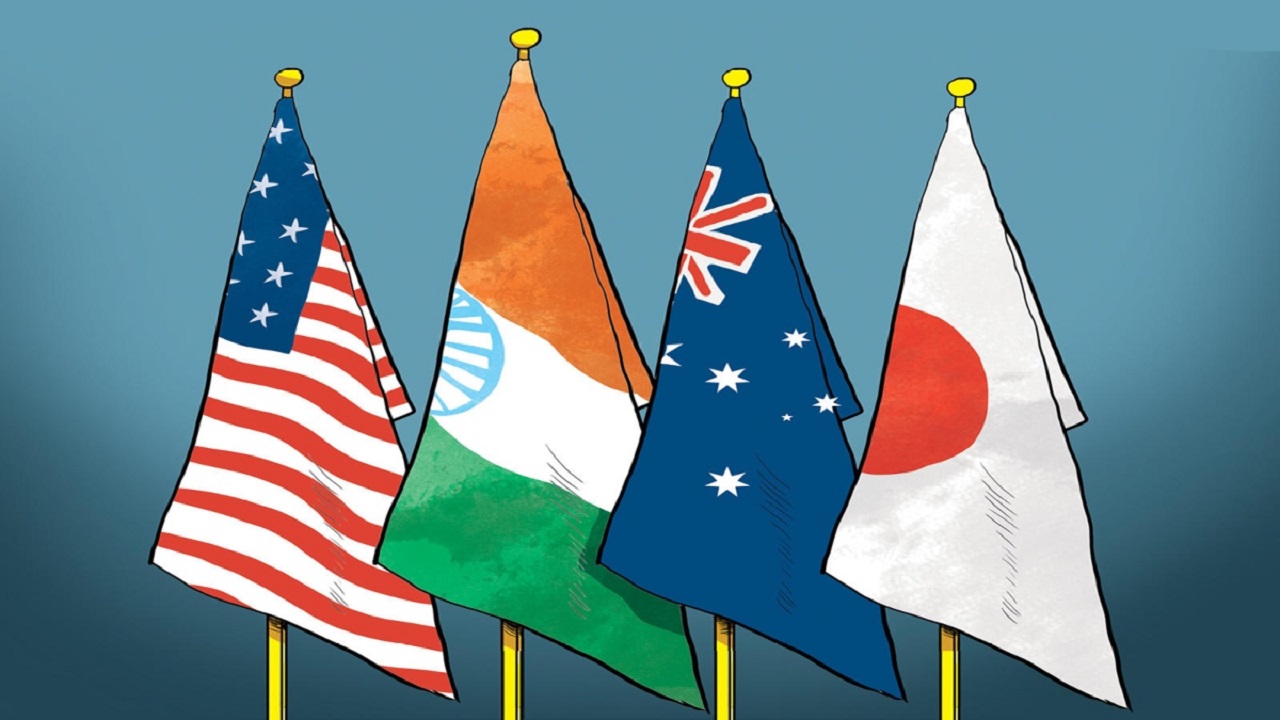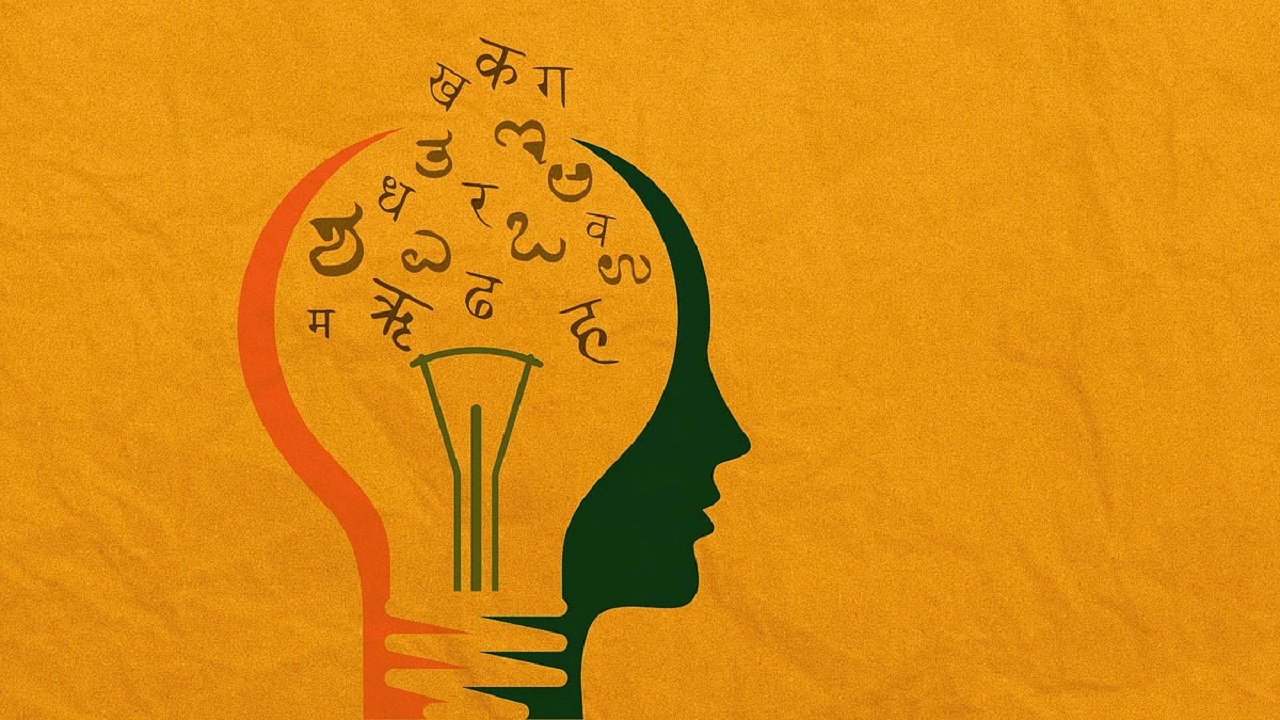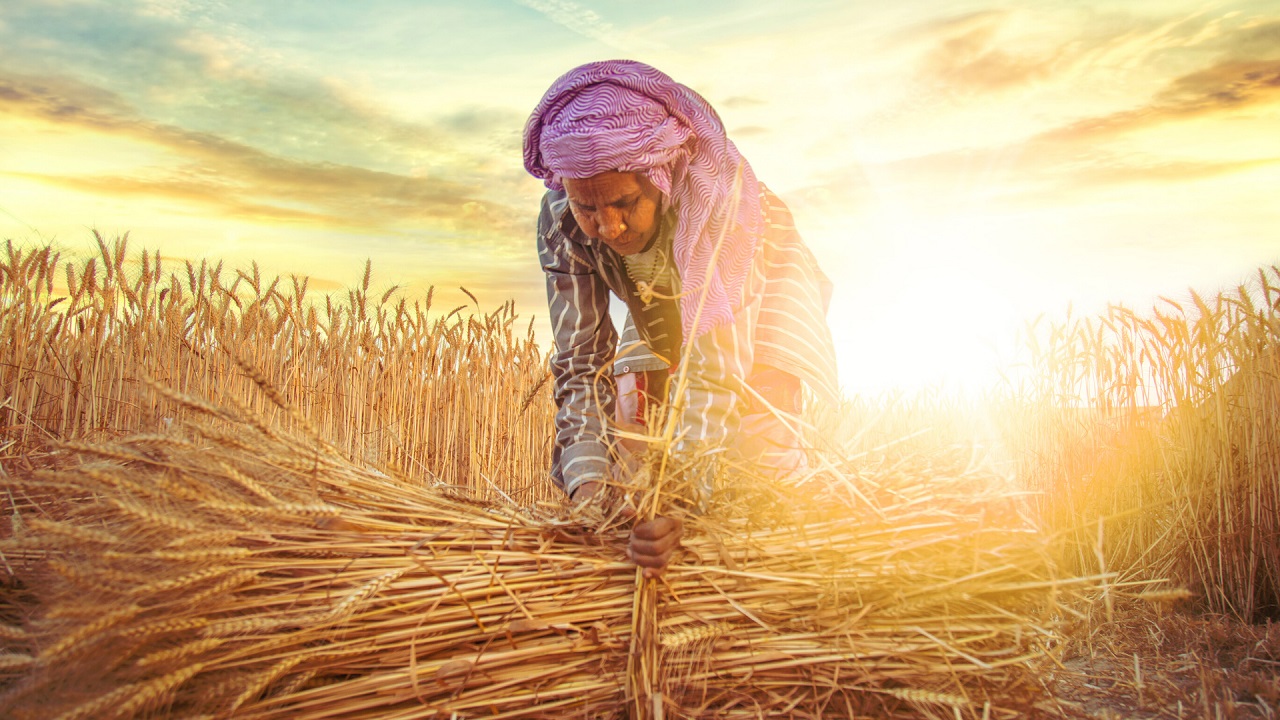National Technical Textiles Mission: A Five-Year Milestone
Context
The National Technical Textiles Mission (NTTM) was launched in 2020 to promote research, exports, and skill development in technical textiles. Over five years, it has played a key role in making India a global leader in this sector.
Why is it important?
-
GS-3 (Economy, Industry, Employment, Make in India, R&D).
-
Key government initiative for industrial growth and self-reliance.
What Are Technical Textiles?
Definition & Features
-
Function-Oriented Fabrics – Designed for specific uses rather than aesthetics.
-
Enhanced Properties – Includes UV protection, flame resistance, chemical resistance, and moisture management.
-
Advanced Materials – Uses fibers like Nomex, Kevlar, Spandex, and Twaron.
Key Applications
-
Automotive – Airbags, seat belts.
-
Construction – Reinforced concrete, waterproof membranes.
-
Healthcare – PPE kits, bandages.
-
Defense & Security – Bulletproof vests, parachutes.
India’s Textile Industry: Growth & Importance
-
6th largest textile exporter globally, with a 3.9% global share.
-
Contributes ~2% to India’s GDP.
-
Projected to reach $350 billion by 2030, creating 3.5 crore jobs.
National Technical Textiles Mission (NTTM)
Overview
-
Launched: 2020 | Duration: 2020-21 to 2025-26 | Budget: ₹1,480 crore.
-
Objective: Position India as a global leader in technical textiles.
Key Focus Areas
-
Research & Innovation – Develops new materials & processes.
-
Market Development – Promotes domestic & international adoption.
-
Export Promotion – Expands India’s global market presence.
-
Skill Development – Aims to train 50,000 individuals.
How NTTM is Transforming India’s Textile Sector
1. GIST 2.0 (Grant for Internship Support in Technical Textiles)
-
Provides hands-on industry training for students & professionals.
2. GREAT (Grant for Research & Entrepreneurship in Technical Textiles)
-
Launched in 2023, helps startups convert prototypes into commercial products.
3. Technotex 2024
-
Held as part of Bharat Tex 2024, showcased India’s expertise in technical textiles.
Challenges & Way Forward
Challenges
-
Low awareness and limited domestic adoption.
-
Import dependency for specialized fibers.
-
Need for skilled workforce in technical textiles.
Way Forward
-
Boost R&D and indigenous production.
-
Expand industry-academia collaboration for skill development.
-
Strengthen export strategy to enhance global competitiveness.
Conclusion
With NTTM, GIST 2.0, and GREAT, India is rapidly advancing in technical textiles. Continued innovation, market expansion, and skill development will drive economic growth and global leadership in this sector.




Comments (0)